Pianos may be bulky instruments, but their bulkiness belies their true delicacy. From keys to hammers to strings, a single piano consists of hundreds of intricate tiny parts, and honestly, it’s a miracle that any have survived over the centuries. But some have, due in part to their particularly noteworthy histories (if you’ll pardon the pun).
Today we’re looking at four of the great composers’ surviving pianos, dating from the eighteenth and nineteenth centuries, and where you can visit them today.
MOZART’S PIANO
Anton Walter, 1780s
Salzburg, Austria
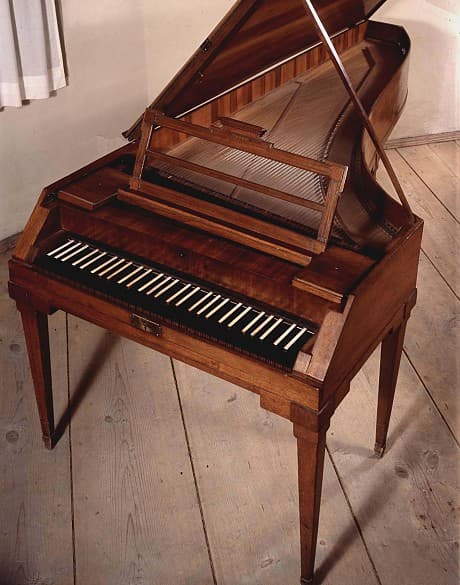
Mozart’s pianoforte by Anton Walter © Internationale Stiftung Mozarteum
Our first stop is in Salzburg, Austria, at Makartplatz 8, the address where the Mozart family lived between 1773 and 1787. After the original building was almost completely destroyed in World War II, the remains of the property were purchased by the International Mozart Foundation. Eventually, the residence was rebuilt using the original architectural plans, and today it’s a museum that anyone can visit.
Tucked in the museum is one of Mozart’s pianos – a fortepiano, to be totally accurate. It was built around 1782 by piano maker Anton Walter. Mozart began playing it in 1785, writing over fifty works on it before he died in 1791. After being owned for generations by the Cathedral Music Association and Mozarteum, it was transported to the museum in 2012.
It’s much smaller than a modern-day concert grand piano, and the keyboard itself is two octaves shorter. The tone is smaller and quieter and sounds more like a harpsichord than a Steinway. Pianist Robert Levin has made recordings on the instrument, and they’re fascinating. If you’re a pianist, hearing it might totally change the way you approach your Mozart interpretations!
Robert Levin Plays Mozart on Mozart’s piano
BEETHOVEN’S LAST PIANO
Conrad Graf, 1810s
Bonn, Germany
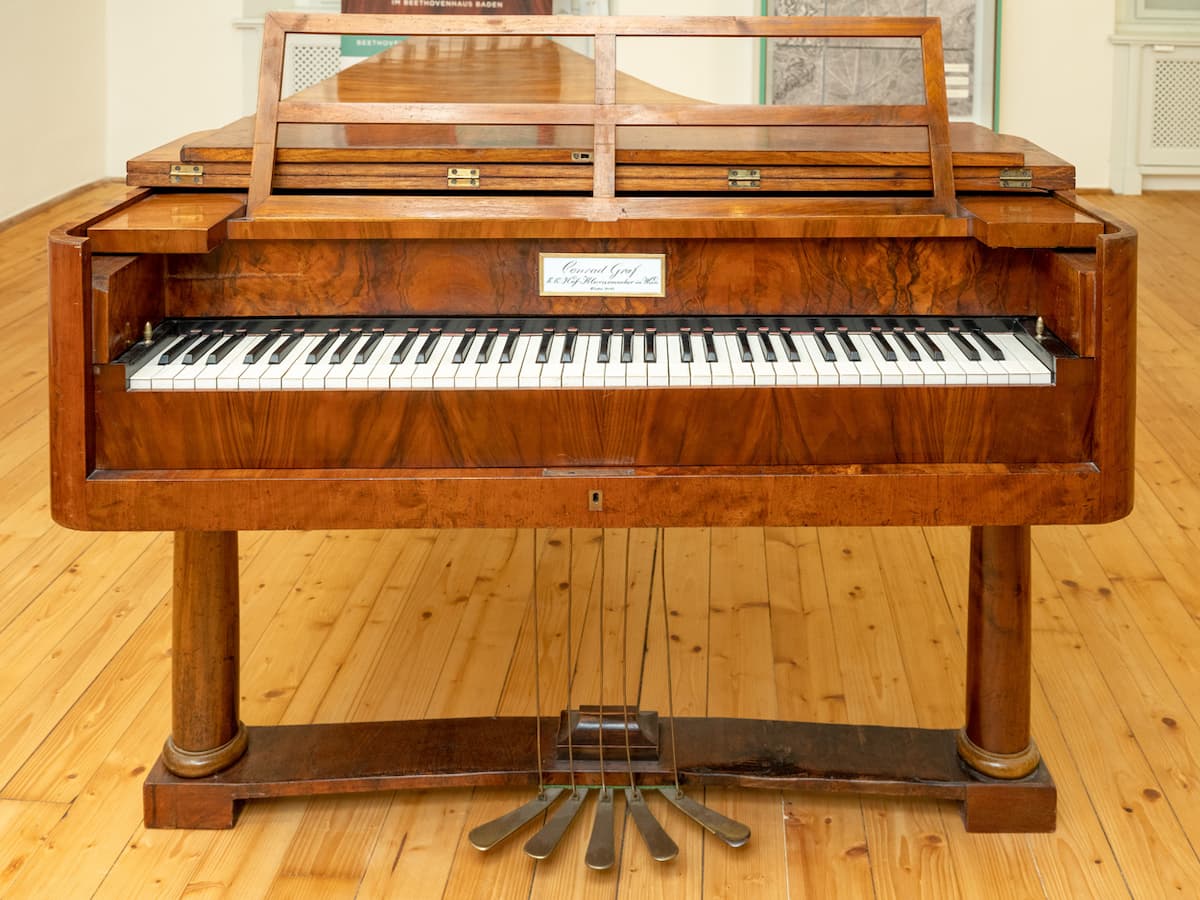
Beethoven’s Graf piano
During the summers of 1821, 1822, and 1823, Beethoven rented an apartment in Baden. While there, he played on an instrument by cabinetmaker-turned-piano-maker Conrad Graf. This piano would have been built in Vienna. Beethoven typically wasn’t a fan of most Viennese pianos, feeling their action was too light and dainty for his tastes, but the Graf instruments were sturdy. Interestingly, Graf was also one of the first piano makers to embrace using an assembly line, which enabled his workshop to create 3000 instruments over his lifetime. The model that Beethoven used was built sometime in the 1810s.
The owner of the piano Beethoven used during these summers in Baden was a judge and merchant named Josef Perger. In 1895 a member of the Perger family donated the instrument to a local museum. Nowadays it resides at the Beethovenhaus in Bonn, Germany, where Beethoven was born. In 2019 a fundraising campaign was launched to get the piano back into playable condition. No word as to whether they’ve met their goal yet.
CHOPIN’S PIANO
Pleyel et Cie, 1848
Cobbe Collection in Hatchlands Park, Surrey, United Kingdom
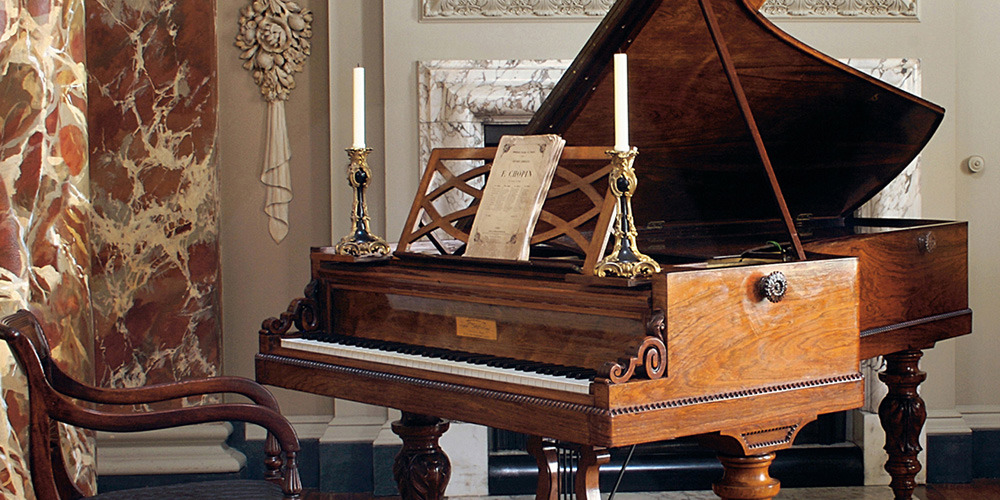
Chopin’s grand piano at the Cobbe Collection © cobbecollection.co.uk
At the beginning of 1848 Frédéric Chopin began playing on a brand new piano that was built by the Parisian Pleyel company. The Pleyel company made his favorite type of piano, and he grew especially attached to this particular model. It seems likely that he used his new piano when he gave his legendary farewell concert in Paris in 1848, before he set off on his famous tour of Britain. He loved the instrument so much that he brought it with him on tour and even used it when performing in London. However, for whatever reason, he did not bring it back with him when he returned to the Continent. Instead, he sold it to a Scottish woman named Margaret Trotter.
The Pleyel piano remained in Trotter’s family until 1981. It’s now at the extraordinary Cobbe Collection in Surrey, a place we’ve written about before.
In honor of Chopin’s 200th birthday in 2010, pianist Sam Haywood recorded an album on the piano. Other pianists regularly perform on it, as well. The piano’s tone is mellow and colorful, and much less bold and brassy than modern instruments.
Idil Biret Plays Chopin’s Piano Pleyel No. 13819 (1848)
BRAHMS’ TEACHING PIANO
Baumgardten & Heins, 1859
Hamburg, Germany

Brahms’ teaching piano
Tragically, Brahms’ birthplace in Hamburg was destroyed during World War II. So when citizens wanted to create a Brahms museum, they chose to move into a nearby property that had survived, dating from the 1750s. This address became the Hamburg Brahms-Museum.
The museum holds all sorts of priceless artifacts, including musical manuscripts, concert programs, and even artwork of Brahms. But the jewel in its crown is arguably one of Brahms’ pianos, dating from around 1859 and built by the local firm Baumgardten & Heins. Brahms was in his mid-twenties when this piano was manufactured, so he was just getting his compositional career off the ground, and teaching to make money. He ended up leaving for Vienna a few years later, but this piano remains as testament to his Hamburgian roots.
For more of the best in classical music, sign up for our E-Newsletter

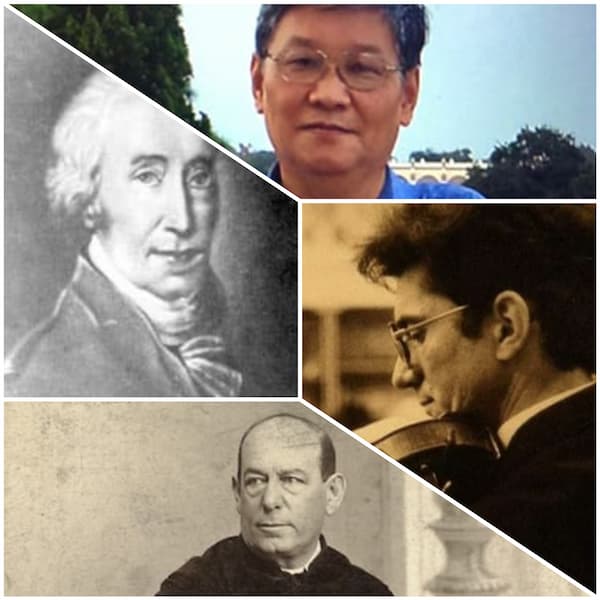
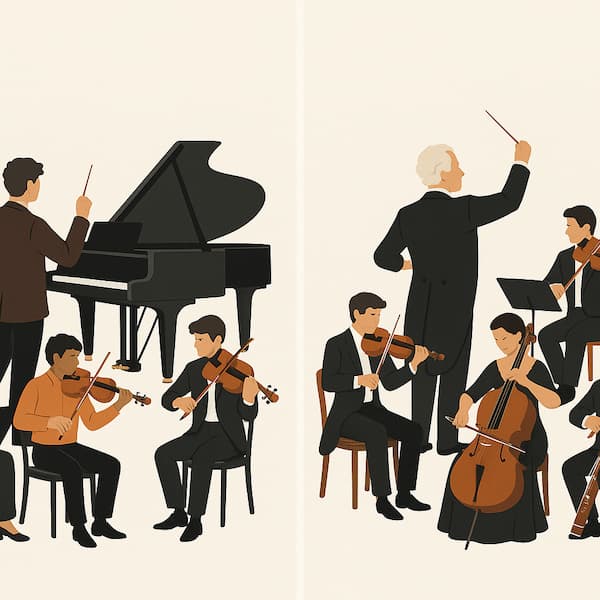
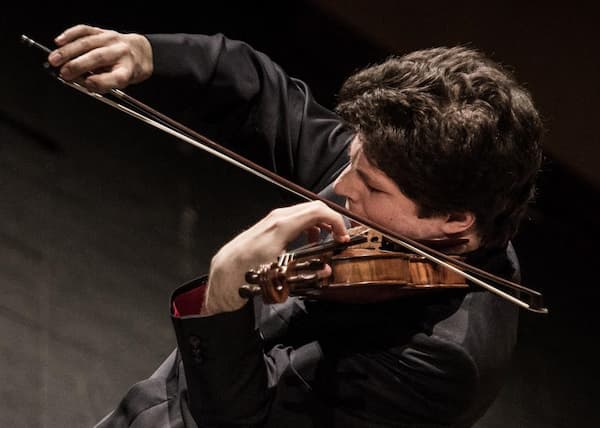
Visiting Mozart’s Salzburg will always be one of my fondest memories. Mozart’s music will always be dearer to my heart than that of any other classical musician. It is not possible to have a single favorite composition of his but K.492 may be it.